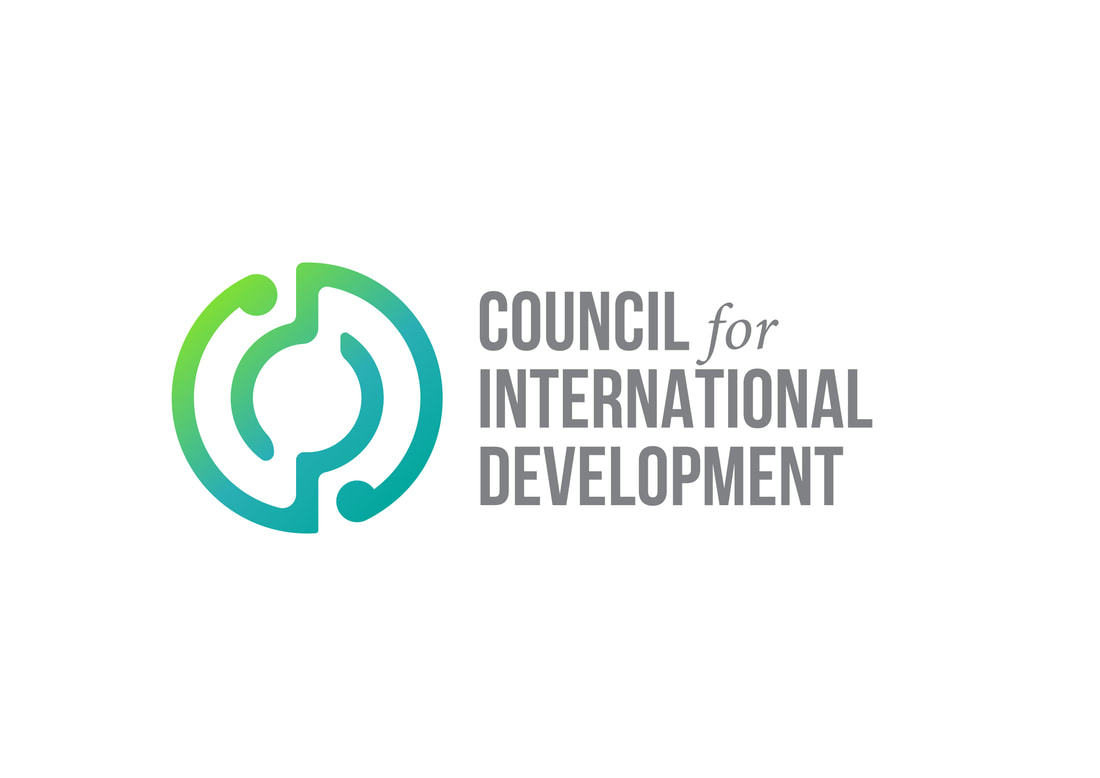|
It’s been almost three months since Myanmar’s military robbed its people of their votes. Three months since elected leaders of Myanmar’s government were detained in the middle of the night. Three months of psychological warfare and brutal killings, of arbitrary arrests, internet shutdowns, and daily curfews. It’s also been almost three months of resistance. Three months of creative non-violent protests of civil servants refusing to work for the military junta, of keyboard warriors and artists raising their voices internationally. Three months that have made an irreversible impact on Myanmar. The past ten years had been so full of hope and optimism. A country emerging after decades of isolation and stagnation, was grasping new opportunities with both hands, and making their new dreams a reality. The pace of change was unprecedented. The excitement palpable. Telecommunications, smartphones, and the internet rolled out across the country at a faster pace than ever seen elsewhere. Burmese educated overseas returned in droves, and international investors and companies flocked to Myanmar to take advantage of previously untapped markets. Yangon was my home for four years, and despite living in a variety of countries, none have captured my heart quite like Myanmar. The generosity and friendliness of people on every corner was uplifting. The creativity, tenacity, and ingenuity of Myanmar far outweighs our Kiwi no.8 wire mentality. The frequency with which strangers would solve your inevitable problems, before you’ve even comprehended what’s happened, was phenomenal. I worked with some of the most inspiring people I’ve ever met, who made doing business in an unpredictable market look easy. While I left over two and a half years ago, I still miss the people and places of Myanmar every day. And over the past two and a half months, my heart has broken every day watching the country descend into what is increasingly looking like a failed state and civil war. another military coup So how did this inspiring outlook change so suddenly? In November 2020, Myanmar held their second democratic elections, during which the Military lost a significant amount of power. It was a landslide victory for the National League for Democracy (NLD), led by Aung San Suu Kyi, winning 258 seats, compared to the 26 by the military’s proxy party (USDP). General Min Aung Hlaing promptly began with Trump-like accusations of voter fraud, despite both local and international observers unable to find evidence that would significantly change the result. By late January 2021, the Military suddenly downplayed the prospect of a coup, and released statements that they would protect the 2008 constitution. However, in the early hours of February 1, the morning Parliament was due to sit for the first time in 2021, the military swooped in and detained the elected members of Parliament. What has occurred since has been a repeat of the military’s playbook of decades past—midnight raids on private homes to detain key political and influential figures, curfews, psychological warfare—in addition to the internet and telecom shutdowns of this new era. Aung San Suu Kyi, and President Win Thein are charged with various minor crimes to give them a criminal record which would make them ineligible to stand in any future government under the 2008 constitution. an unexpected response But the military was met with a response that they didn’t expect on many levels. Tech savvy, internationally connected, and creative youth who have grown up with a taste of democracy and dreams for the future, have responded in ways the isolated Generals were not prepared for. It’s been a clear demonstration of the generous, tenacious, peaceful, and creative spirits of Myanmar people, in stark contrast to the self-isolated, outdated, power-hungry ideology of the military generals. Over the past two months, a decentralised response to the coup has brought people together across ethnic, religious, gender, geographic, and generational divides. The Civil Disobedience Movement (CDM) encouraged civil servants to refuse working for the military, while civilians have brought many other sectors to a standstill as they prioritised their time protesting on the streets ensuring their voices are heard. Groups of every variety - sports, friends, neighbourhoods, dance, artists, ethnic, religious - came out to show their support for CDM and let the military know, loud and clear, that they did not, and will not ever, support another military dictatorship. February began with creative protests catching the military off guard, and a determined optimism that international support might help them overthrow the military powers. Civilians began banging pots and pans at 8pm every night—a traditional belief to ward off evil spirits—and has continued every night since the coup. By day, street art, dances, posters, poetry, and public sit-ins on major intersections and outside key embassies day after day, kept the people coming together across towns large and small. Civilians’ cars began mysteriously breaking down at most major intersections across Yangon with the resulting traffic chaos making it ‘impossible’ for civil servants to go to work. Hundreds of pictures of General Min Aung Hlaing’s face pasted on the streets, halting armed forces in their tracks to avoid walking on their leader’s face. Streets full of women’s htamein (traditional skirts) stopped military entering those streets. (A common belief across Myanmar is that men who walk underneath women’s htameins will lose their mana or masculinity. While this halted military forces in their tracks, it had the dual effect of disrupting gender discrimination as civilian men were enjoying walking on those same streets in peace regardless of the clothes hung above them.) By 22-2-2021, millions of people across the country participated in 22222 - a nod to 8-8-88 student uprising during which more than 350 people died. violence against an unarmed population Increasingly, the military employed more of their usual tactics to justify a full crackdown. On February 13 they released over 23,000 prisoners, many of whom were paid, provided with weapons, or even drugged, with the expressed mandate to cause outbreaks of violence. Unmarked vans, or at times police or seized ambulance vans, would pull up in local streets after the 8pm curfew and release these ex-prisoners. Night time raids also continued, often by plain clothes police, targeting prominent individuals across the country. This night time terror was designed to create sleepless nights, wearing the people down to reduce their energy to protest during the day. I remember experiencing my own night raid in 2014 shortly after moving into my first apartment. I was woken at 1am in the morning to face 15-20 intoxicated police and military men who wanted to tell me off for some paperwork not sufficiently completed. After refusing to let my neighbour translate or write down instructions for which building I needed to go to, to sign which piece of paper, I eventually shut the door in their faces. While they left laughing, it had its intended effect. I can only imagine the terror of the current night raids resulting in people disappearing for reasons that may never be known. In response to these nightly threats, neighbourhoods formed their own watch groups with men of all ages on rotation patrolling the streets, ready to respond to any unwanted attacks on their community (usually signalled by the banging of pots, given the regular night time internet and phone blackouts). Watching friends Facebook live stream some of these events as they tracked down the latest ex-prisoner in neighbourhoods near where I lived, was a marked contrast to the safety I used to feel walking home alone at night. What continued to amaze me, was the consistency with which these groups responded peacefully, finding tactics to outnumber and scare away police and intruders, or even feeding the prisoners until their drugs wore off, without resorting to violence. Not the response the military had in mind, I imagine. By March, the military’s patience wore thin. Their hope that the people would grow tired and stop protesting wasn’t coming to fruition. Unprovoked violence against unarmed civilians increased and the military are now shooting protestors, passers-by, and even children without any justification, at times in their own homes. Over 3000 people have been detained without reason, and more than 700 people have been killed. The last independent newspapers have ceased publications, with online news remaining the only lifeline for independent journalists, many in exile, amongst increasing internet blackouts and arrest warrants. Ethnic minorities have been particularly targeted with thousands of Karen people fleeing into Thailand as their villages were targeted by air strikes. In response to this bloodshed, an eerie silence fell over the country on 24 March - as the people refused to go out onto the streets and took time to remember those who have lost their lives fighting for democracy. March 27 marked the bloodiest day yet. At least 114 individuals lost their lives on Armed Forces Day (which the people renamed this year as Resistance Day, in recognition of its original name commemorating the start of resistance against the Japanese occupation in 1945). Many more continue to be killed every day, alongside themed digital protests to continue to remember the fallen. The remarkable bravery of everyday people across the country is hard to comprehend when individuals are well aware of the risks of leaving their homes. Many write their blood type and emergency contacts on their arms, while others post messages to loved ones online, just in case the unthinkable happens to them as they head out to make their voice heard. unity among chaos While my heart continues to break every day, what brings me hope are the ways this revolution is already bringing positive changes to Myanmar. The first few weeks of protest were initially about freeing Aung San Suu Kyi, but this quickly moved to a clear demand for democracy. Civilians have rapidly educated themselves more than ever before about the constitution, and options for a fair, democratic, and representative future. While their opinions of policy or detail continue to differ, groups have united against the military in a way that wasn’t seen during prior uprisings that were primarily led by a particular segment of society (students in 1988, monks in 2007). Acutely aware of their fundamental human rights, civilians have diligently been gathering video and photo evidence and uploading it for the world to see, ensuring that when the time comes, their persecutors will be held to account for their brutal actions. They’ve come together in solidarity with minority groups who have suffered the persecution and terror of the military for a lot longer than the majority of the population - with many groups openly apologising to the Rohingya for not doing more to help during the 2017 genocide. The country is more united than it has been for a long time, or perhaps ever. Their common enemy has fundamentally brought Myanmar people together in a way that will bring great promise for the future of the country if they can succeed in overthrowing the Generals. entering the Myanmar New Year April is one of the hottest months, with temperatures regularly reaching over 35 degrees and humidity levels rising unbearably until the rains arrive in late April/May. April 13-16 marked Thingyan, the Burmese New Year, a time when traditionally the country celebrates with nationwide water festivals (it's impossible to walk outside during these festivals without a neighbour or friendly face blasting you with a hose or bucket of water). This year, the public boycotted the festival to ensure the military couldn’t claim a sense of normality. As emotions are drained, and fear continues to brace the country, it’s looking like a long road ahead to restore progress towards a fairly represented, democratic governance of the country. But as we enter the Myanmar New Year, we’re sending all our strength, courage, and support to our friends and colleagues who are forging a path into the unknown. We remain in contact with our friends and colleagues (albeit, patchy at times), and we are dedicated to supporting their entrepreneurial drive to find a way forward through this period, and towards their dreams for a brighter future. Myanmar people are some of the kindest, most innovative, and community-minded people I’ve ever met, and a population that deserves the opportunity to show the world what they can achieve if their rights and dreams are not smothered by destructive powers. I have no doubt that new and creative ways will be regularly found to ensure that the military doesn’t forget that they have not, and will not, have the support of the people. f you’re interested in hearing the voices of Myanmar directly, here’s a curated selection of some powerful snapshots of what’s going on:
If you’d like to donate to support the livelihoods of the people of Myanmar, please consider a donation to ADC Microfinance – we’re continuing to support ZMF to keep businesses in Kalay going, within the constraints of the current environment. *All images sourced from Frontier Myanmar Fiona Natusch is an ADC Microfinance Board Member. Fiona lived in Myanmar for four years, working with Proximity Designs, a local social venture, designing products and services for smallholder farmers across Myanmar.
|
Upcoming eventsArchives
April 2024
Categories |
|
CONTACT US DONATE POLICIES All content copyright © 2015 ADC Incorporated. ADC Incorporated is a registered charity under the Charities Act 2005 (Registration CC50855). |
© COPYRIGHT 2015. ALL RIGHTS RESERVED.

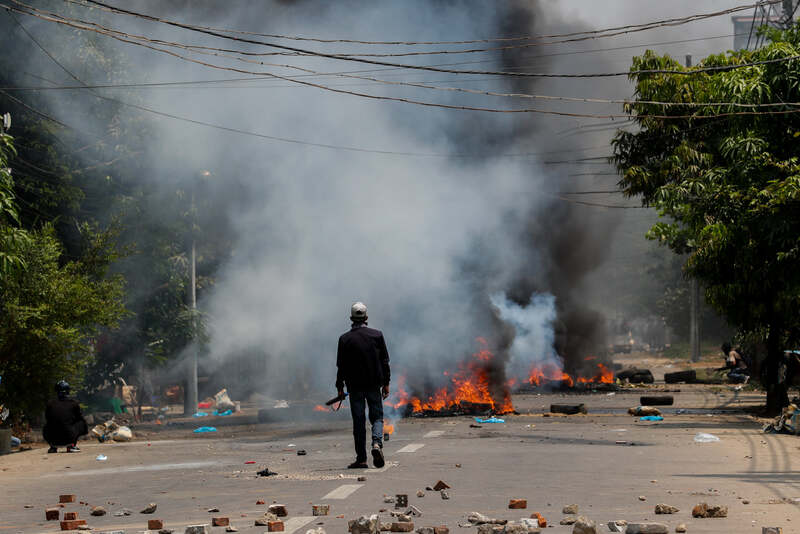
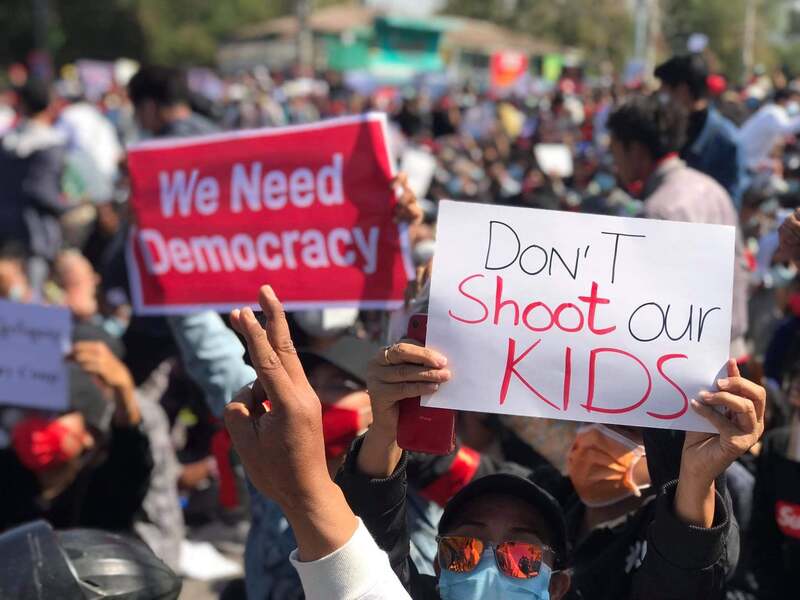
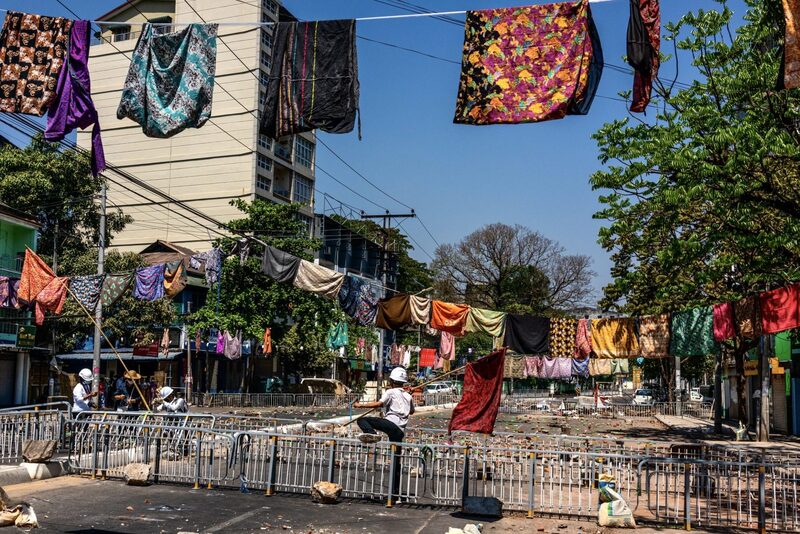
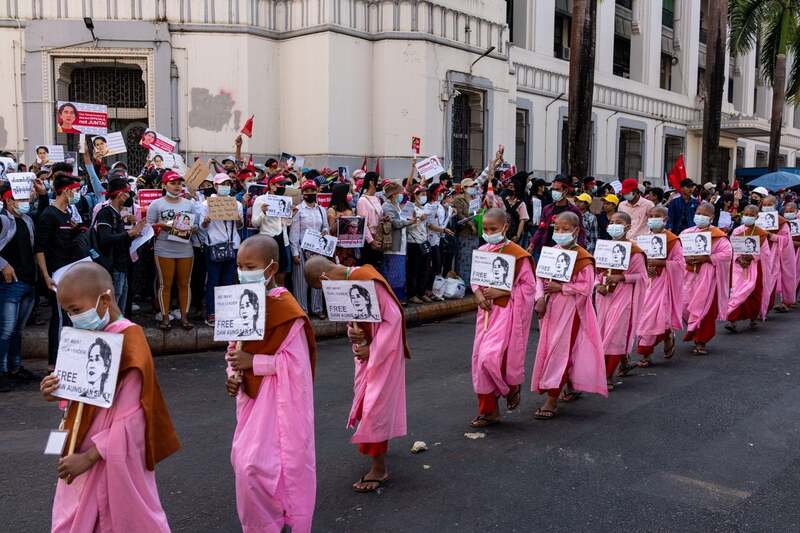
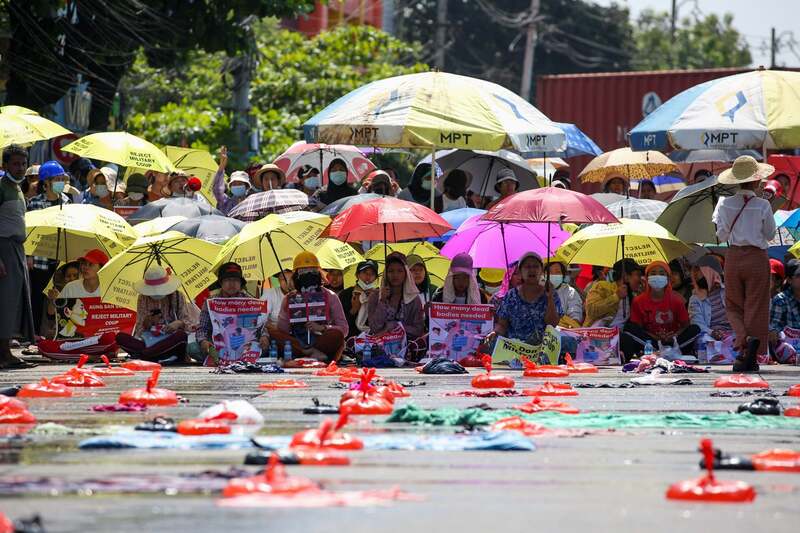
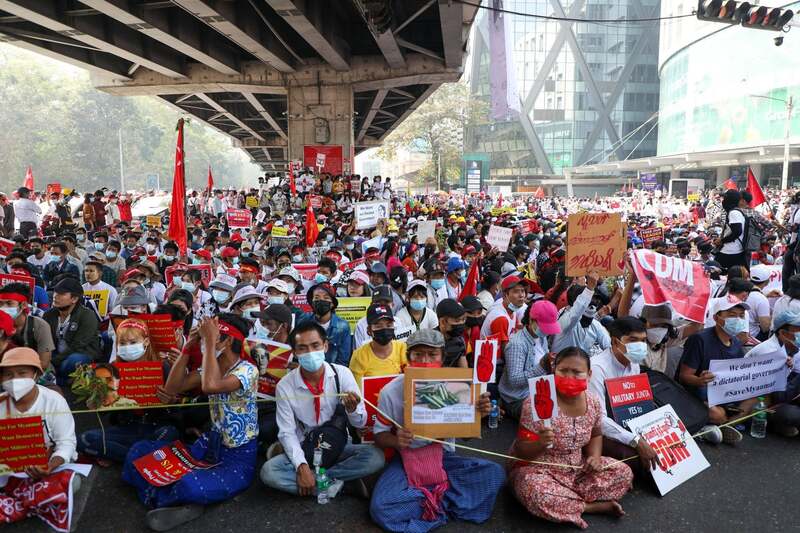
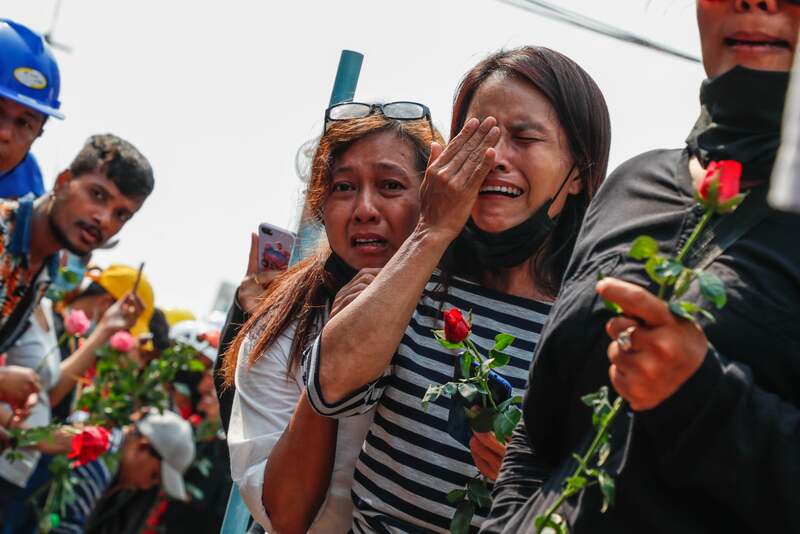
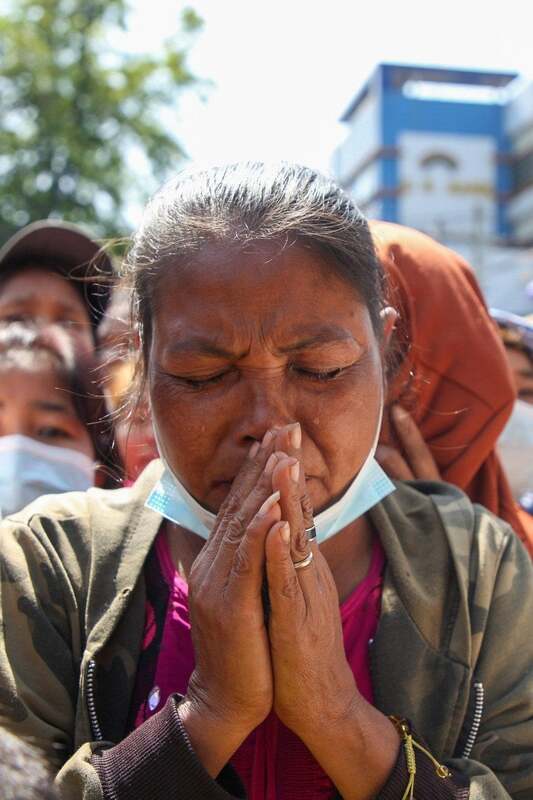
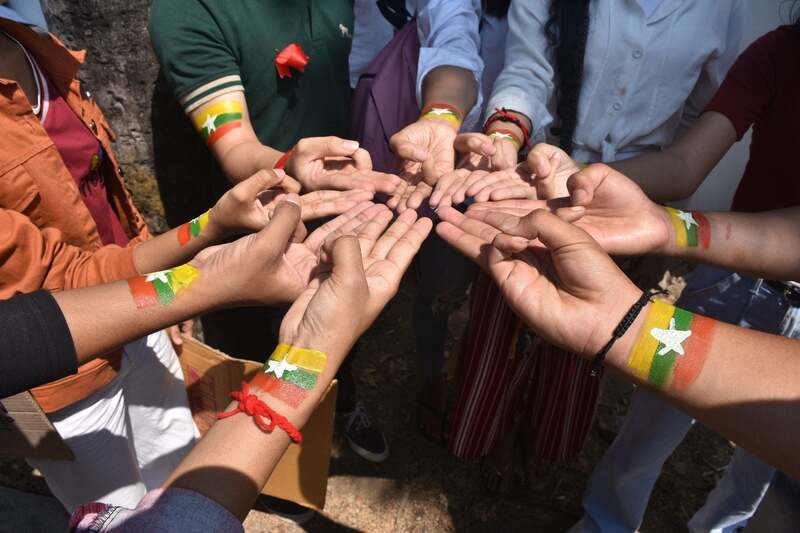
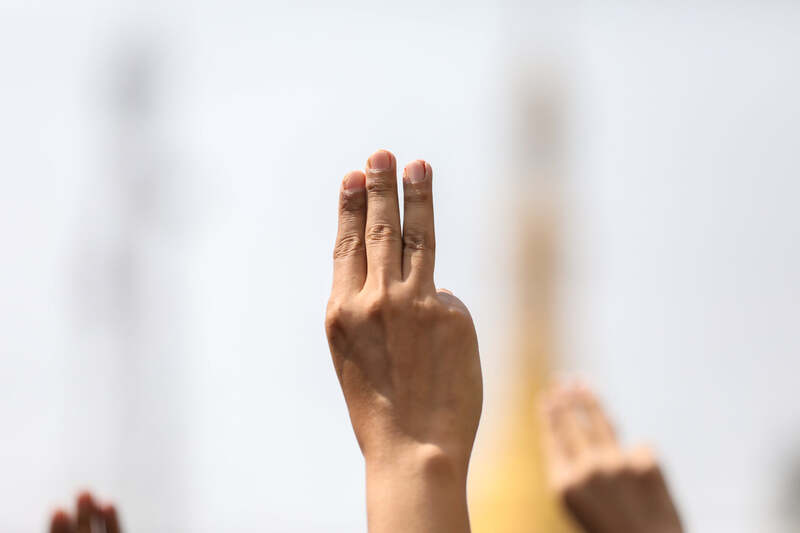
 RSS Feed
RSS Feed

